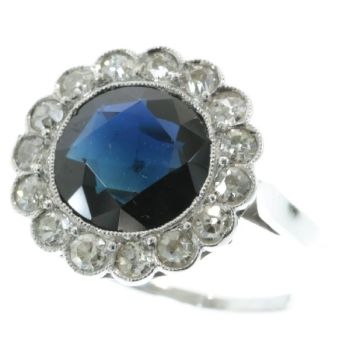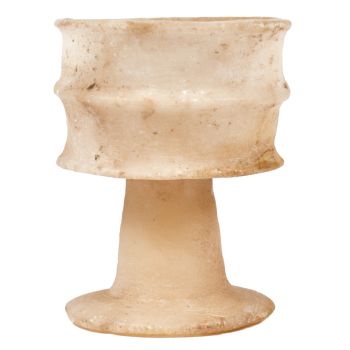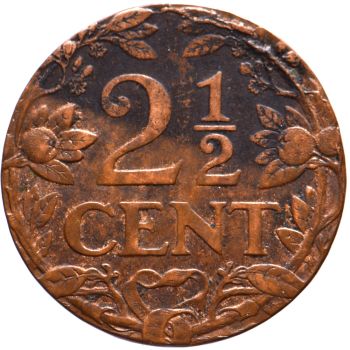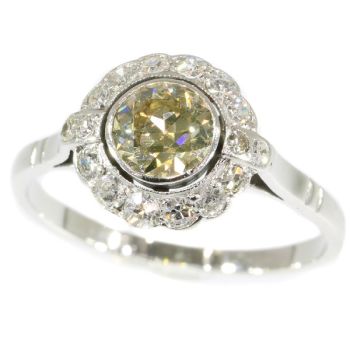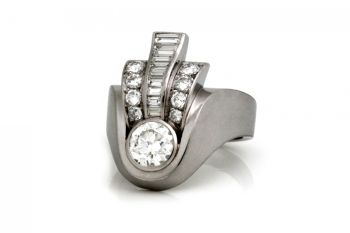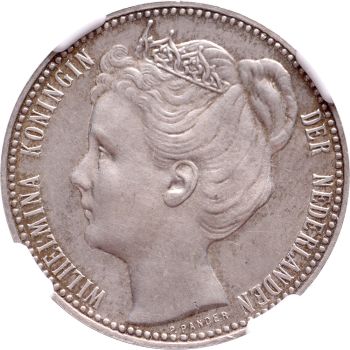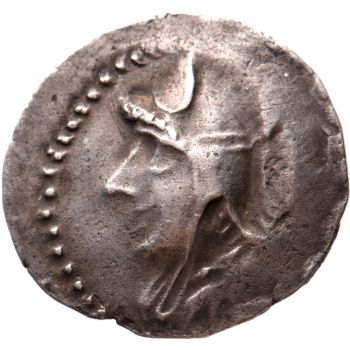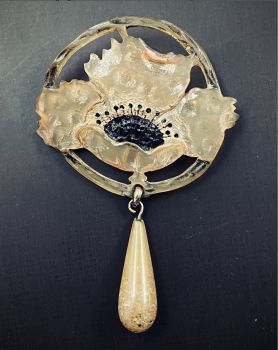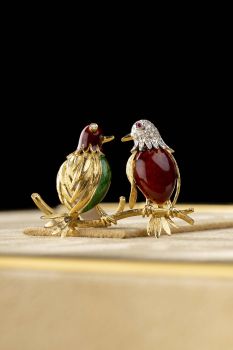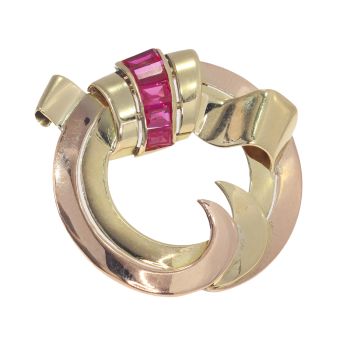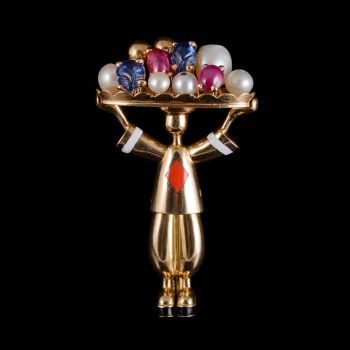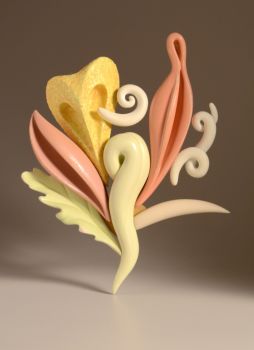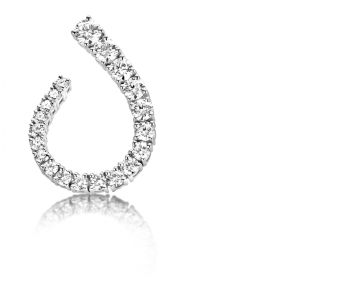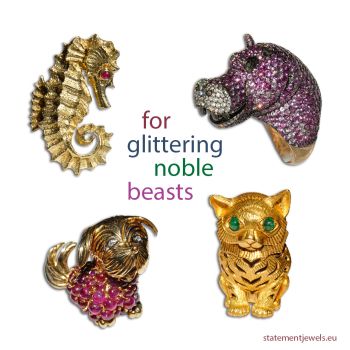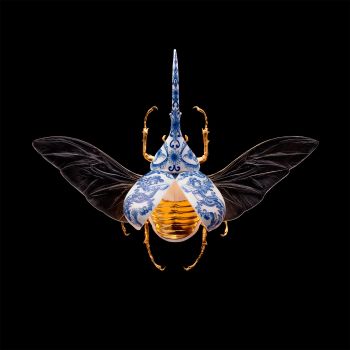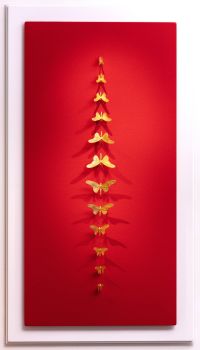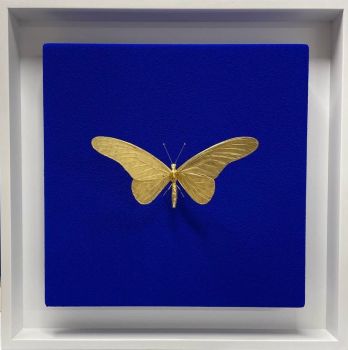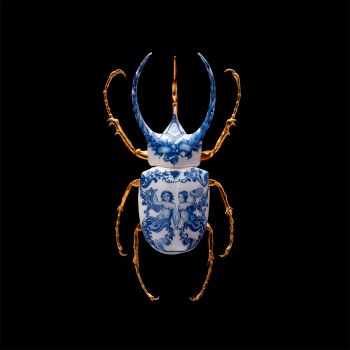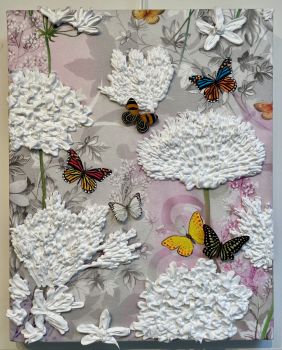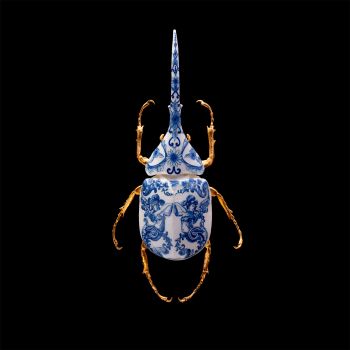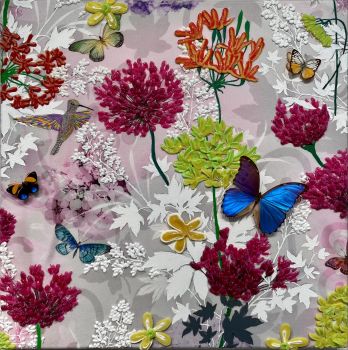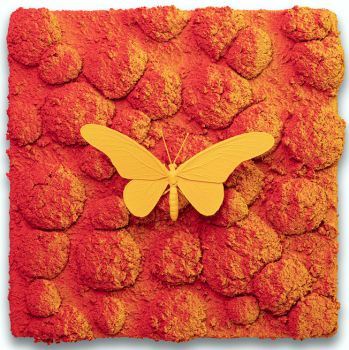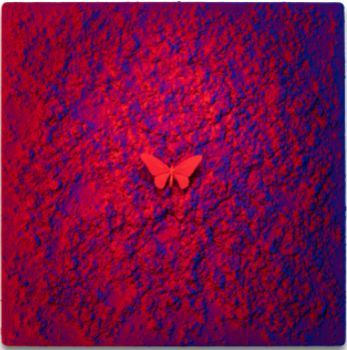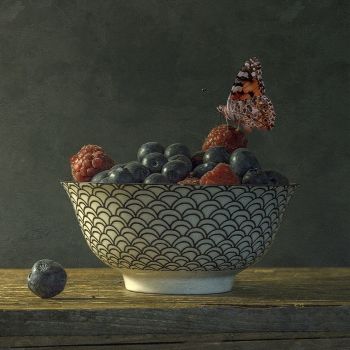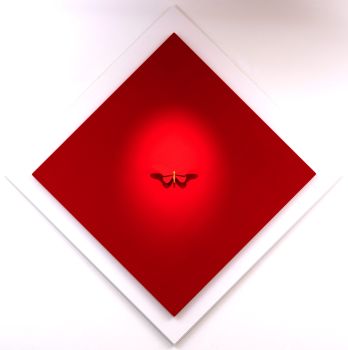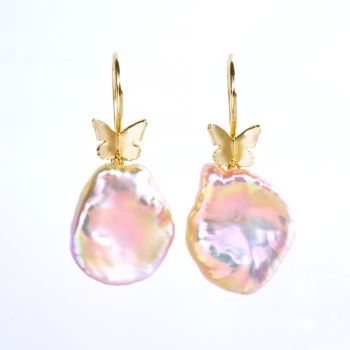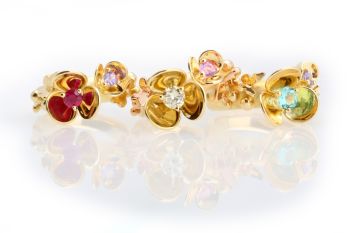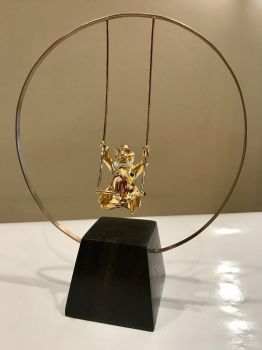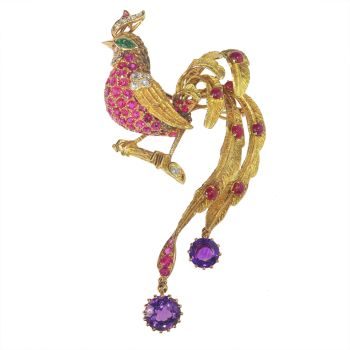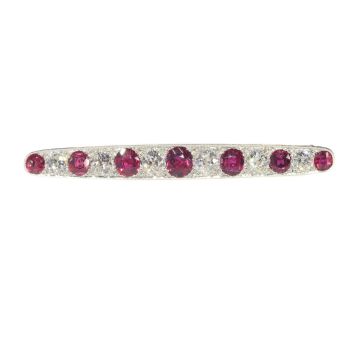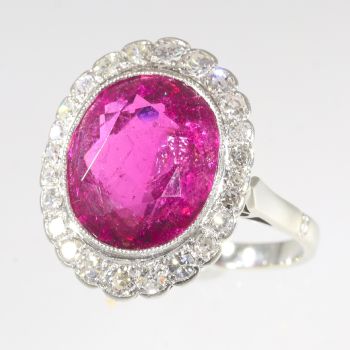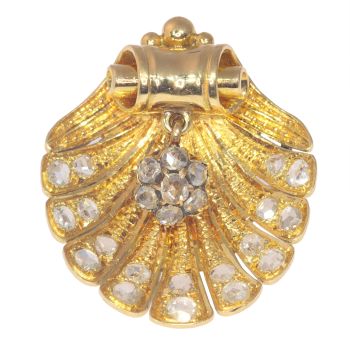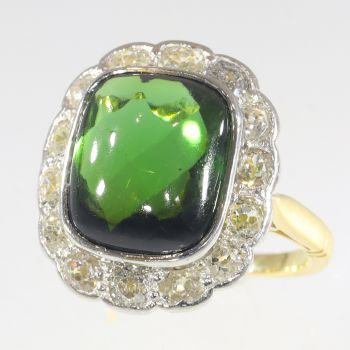Vintage French antique 18K gold insect brooch bumble bee 1890
Artista Sconosciuto
RubinoOroPietra preziosa
€ 1.750
Adin Fine Antique Jewellery
- A proposito di opere d'arte
Antique jewelry object group
brooch
Condition
very good condition
more info on our condition scale
Country of origin
France
Style
Victorian - Victorian decorative arts refers to the style of decorative arts during the Victorian era. The Victorian era is known for its eclectic revival and interpretation of historic styles and the introduction of cross-cultural influences from themiddle east and Asia in furniture, fittings, and Interior decoration. Victorian design is widely viewed as having indulged in a regrettable excess of ornament. The Arts and Crafts movement, the aesthetic movement, Anglo-Japanese style, and Art Nouveaustyle have their beginnings in the late Victorian era.
See also: Victorian
more info on styles
Style specifics
The Late or Aesthetic Victorian Period - Experts divide the reign of Queen Victoria, also called The Victorian era (1837-1901) into three periods of about twenty years each; The Romantic Victorian Period (1837 - 1860), The Grand Victorian Period(1860 - 1880), and the Late or Aesthetic Victorian Period (1880 - 1901).
We consider this to be of The Late or Aesthetic Victorian Period.
Jewelry of this period is changing back from heavy to more smaller, romantic pieces with often whimsical motifs. Jewelers using diamonds and bright gemstones in elaborated and fine feminine pieces.
Period
ca. 1890
Events & facts of this era, poetry of this era, fashion of this era.
Source of inspiration
Mother Nature
Theme
Bee - The bee, found in Ancient Near East and Aegean cultures, was believed to be the sacred insect that bridged the natural world to the underworld. Appearing in tomb decorations, Mycenaean tholos tombs were even shaped as beehives. Bee motifs are also seen in Maya cultures, an example being the Ah-Muzen-Cab, the Bee God, found in Maya ruins, likely designating honey-producing cities (who prized honey as food of the gods).
In ancient Egypt, the bee was an insignia of kingship associated particularly with Lower Egypt, where there may even have been a Bee King in pre-dynastic times. After the unification of Upper and Lower Egypt, this symbol was incorporated in the titleusually preceding the throne name of pharaoh. Honey bees, signifying immortality and resurrection, were royal emblems of the Merovingians, revived by Napoleon. The bee is also the heraldic emblem of the Barberini.
In heraldry, the bee symbolizes diligence and indefatigable effort. Someone is said to be busy as a bee when he or she works tirelessly and regardless of schedules or breaks. (from: Wikipedia)
Material
18K yellow gold (touchstone tested)
more info on precious metals
Precious stones
One ruby. We did not check if the ruby is lab produced or not as this information has no influence on the value of this jewel. Natural rubies and lab produced rubies were both used in this era, rather more for their effect than for their intrinsic value. with an estimated weight of ± 0.15ct
Two natural half seed pearls
All color stone weights are approximate since stones are not removed from their mounts to preserve the integrity of the setting.
It is a very common practice to treat gemstones to intensify their clarity or colour. The item in question has not been tested in this regard.
Birthstones
Ruby is the birthstone (or month stone) for July and pearl for June.
more info on birthstones
Hallmarks
The French control mark for 18K gold representing an eagle's head that was in use in France from about 1838.
more info on hallmarks
Dimensions
width 3,62 cm (1,43 inch)
see picture with a ruler in millimeters and inches
Weight
3,90 gram (2,51 dwt)
Adin Reference Nº
22292-0339
Copyright photography
Adin, fine antique jewellery
Additional information
our latest acquisitions
jewelry glossary
wall of fame
visit us in Antwerp
subscribe to our mailinglist
- A proposito di opere artista
Può succedere che un artista o un creatore sia sconosciuto.
Alcune opere non sono determinate da chi sono state realizzate o sono state realizzate da (un gruppo di) artigiani. Esempi sono statue dell'antichità, mobili, specchi o firme non chiare o leggibili ma anche alcune opere non sono affatto firmate.
Inoltre puoi trovare la seguente descrizione:
•"Attribuito a …." A loro avviso probabilmente opera dell'artista, almeno in parte
•“Studio di ….” o “Officina di” A loro avviso un'opera eseguita nello studio o nella bottega dell'artista, eventualmente sotto la sua supervisione
•“Cerchio di…” A loro avviso un'opera del periodo dell'artista che mostra la sua influenza, strettamente legata all'artista ma non necessariamente al suo allievo
•"Stile di..." o "Seguace di..." A loro avviso un'opera eseguita nello stile dell'artista ma non necessariamente da un allievo; può essere contemporaneo o quasi contemporaneo
•“Modalità di…” A loro avviso un'opera nello stile dell'artista ma di epoca successiva
•"Dopo …." A loro avviso una copia (di qualsiasi data) di un'opera dell'artista
•“Firmato…”, “Datato…” o “Iscritto” A loro avviso l'opera è stata firmata/datata/inscritta dall'artista. L'aggiunta di un punto interrogativo indica un elemento di dubbio
•"Con firma....", "Con data...", "Con iscrizione..." o “Riporta firma/data/iscrizione” a loro avviso la firma/data/iscrizione è stata aggiunta da qualcuno diverso dall'artista
Sei interessato ad acquistare questa opera d'arte?
Artwork details
Related artworks
- 1 - 4 / 12
- 1 - 4 / 24
Artista Sconosciuto
Spilla in stile Art Déco antico1920
Prezzo su richiestaAns Hemke-Kuilboer Juwelier & Antiquair
1 - 4 / 24Samuel Dejong
Anatomia Blue Heritage, Hercules Beetle Open2020
Prezzo su richiestaVilla del Arte Galleries
Samuel Dejong
Anatomia Blue Heritage, Atlas Beetle Closed,2020
Prezzo su richiestaVilla del Arte Galleries
Samuel Dejong
Anatomia Blue Heritage, Hercules Beetle Closed2020
Prezzo su richiestaVilla del Arte Galleries
Samuel Dejong
Anatomia Blue Heritage, Atlas Closed2017 - 2019
Prezzo su richiestaVilla del Arte Galleries
1 - 4 / 24- 1 - 4 / 24
- 1 - 4 / 12










